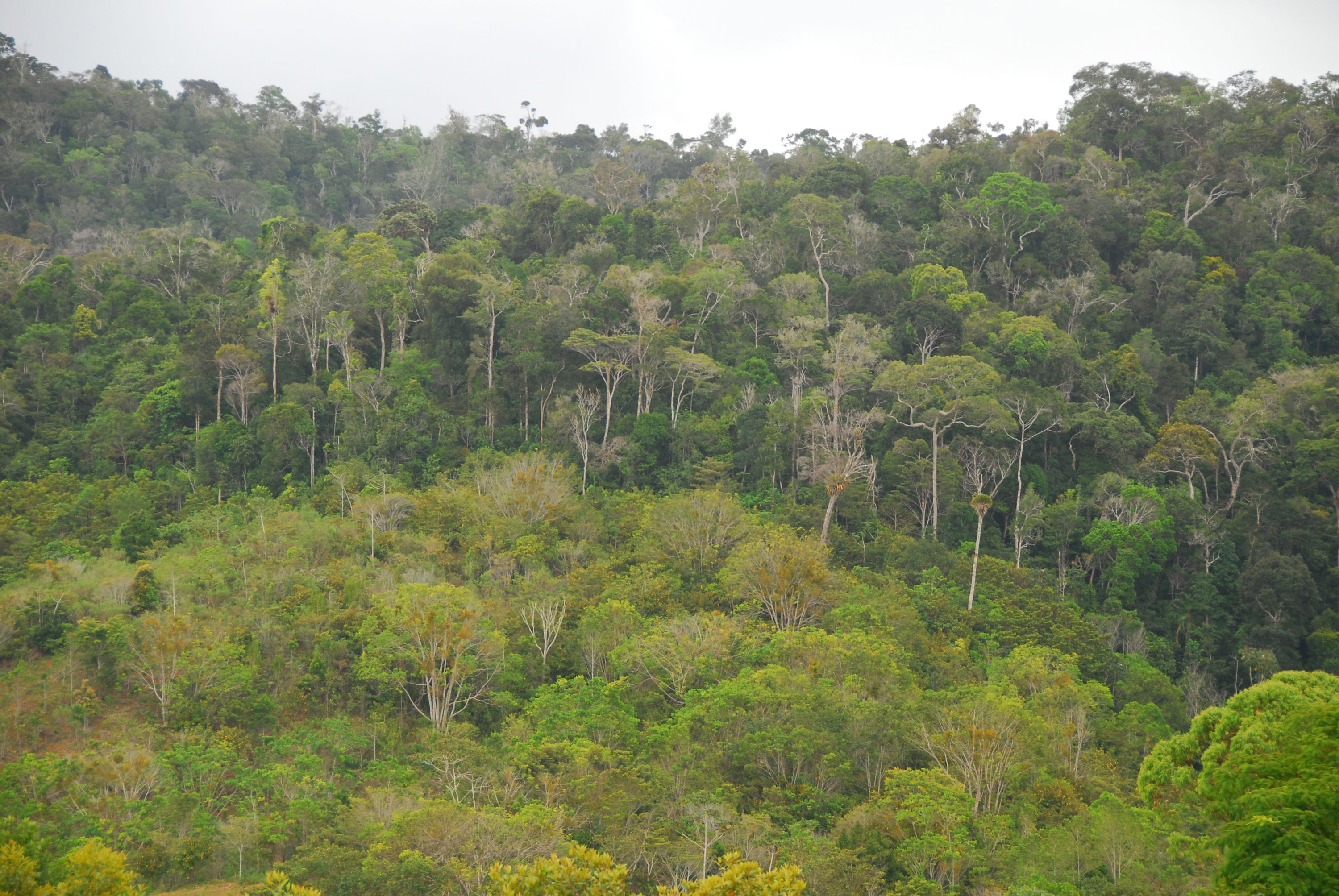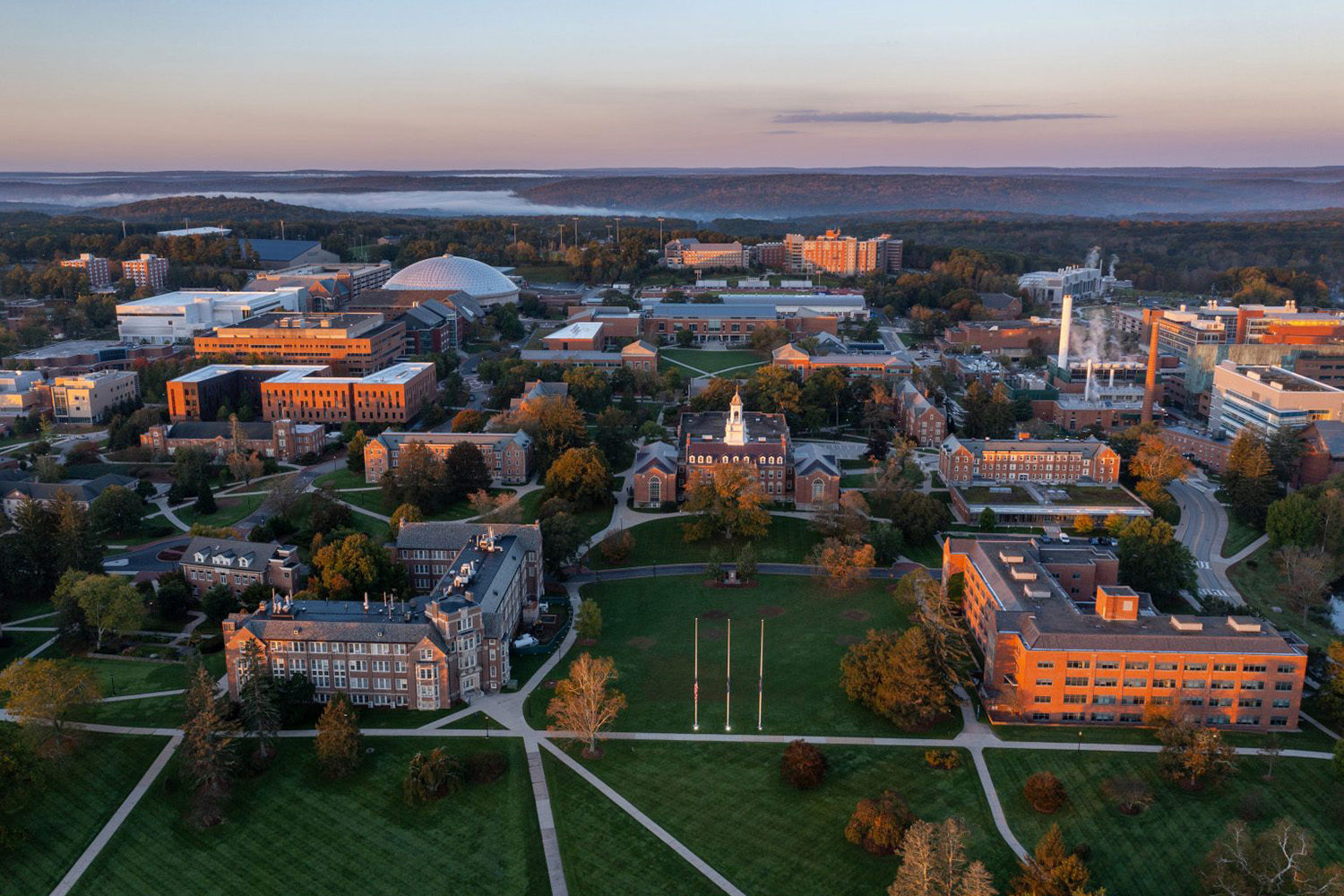The importance of forest conservation and forest regrowth in climate mitigation and carbon sequestration – capturing carbon dioxide (CO2) from the atmosphere – has long been recognized by climate scientists. But detailed information needed to make accurate estimates of this potential was missing.
Now, an international team of 60 scientists – working together as the 2ndFOR Network – has completed studies on the effects of forest conservation and secondary forest regeneration across 43 regions in Latin America and has come up with some real answers.
In a paper published in the May 13 issue of Science Advances, UConn professor of ecology and evolutionary biology Robin Chazdon and her colleagues report a series of major findings related to their research.
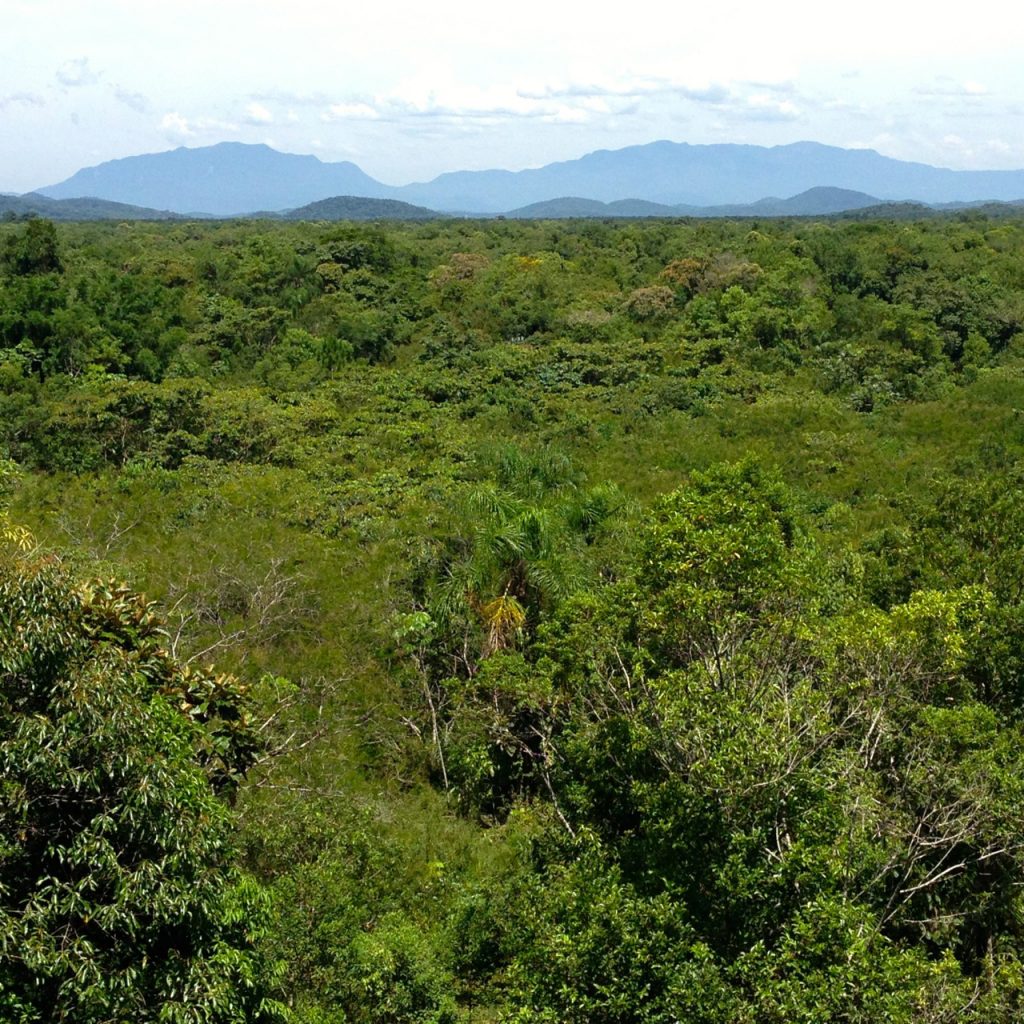
Chazdon says the objectives of the study were to model the areas covered by regrowth forests across the lowlands of the Latin American Tropics in two age classes; to project above-ground carbon storage in these young forests over four decades; and to illustrate alternative scenarios for carbon storage where up to 80 percent of these forests are allowed to regenerate and where up to 40 percent of pasture land is allowed to regenerate into forests.
She says, “This research is vital because actively growing vegetation takes carbon dioxide out of the atmosphere and converts it to plant tissues such as wood and leaves. Old growth forests contain large stocks of carbon in their biomass. When these forests are cleared and burned, this carbon is released into the atmosphere, contributing to global warming. This is one of the main reasons why it is important to halt deforestation.
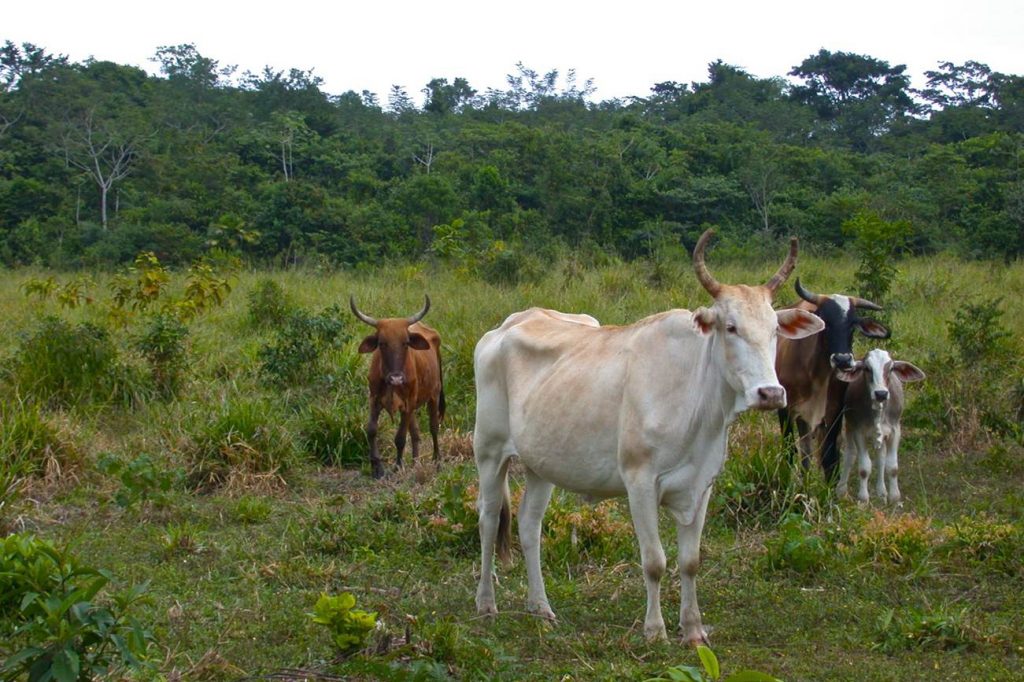
“But, we have also learned that when forests regrow, their carbon stocks in above-ground biomass increase over time, depending on climate, prior land uses, and features of the surrounding landscape. This regrowth can happen without planting trees, through the spontaneous process of natural regeneration. This is a low-cost way of restoring forests and of reaching carbon mitigation goals that should receive greater attention from policy makers, non-governmental organizations, and international conventions.”
Among the major findings of the reforestation study are:
- Models of forest age in 2008 show that 17 percent of the forest area in lowland Latin America is young second-growth forest (1-20 years old) and 11 percent is intermediate age (20-60 years old).
- Assuming that 100 percent of the second growth persists and regenerates over 40 years, the carbon storage capacity doubles in young second growth and increases by 120 percent in intermediate age forests.
- This amount is equivalent to 31.09 Petagrams – a unit of mass – of CO2, which equals all of the carbon emissions from fossil fuel use and other industrial processes in all the countries of Latin America and the Caribbean from 1993 t0 2014.
- Ten countries account for 95 percent of this carbon storage potential, led by Brazil (71 percent), Colombia, Venezuela, and Mexico.
Chazdon says it is remarkable that this huge amount of carbon storage doesn’t require any costly tree plantings or conversion of farmlands present in 2008. “It is all based on natural forest regrowth, and only requires persistence, and protection of the young forests and abandoned agricultural fields.”
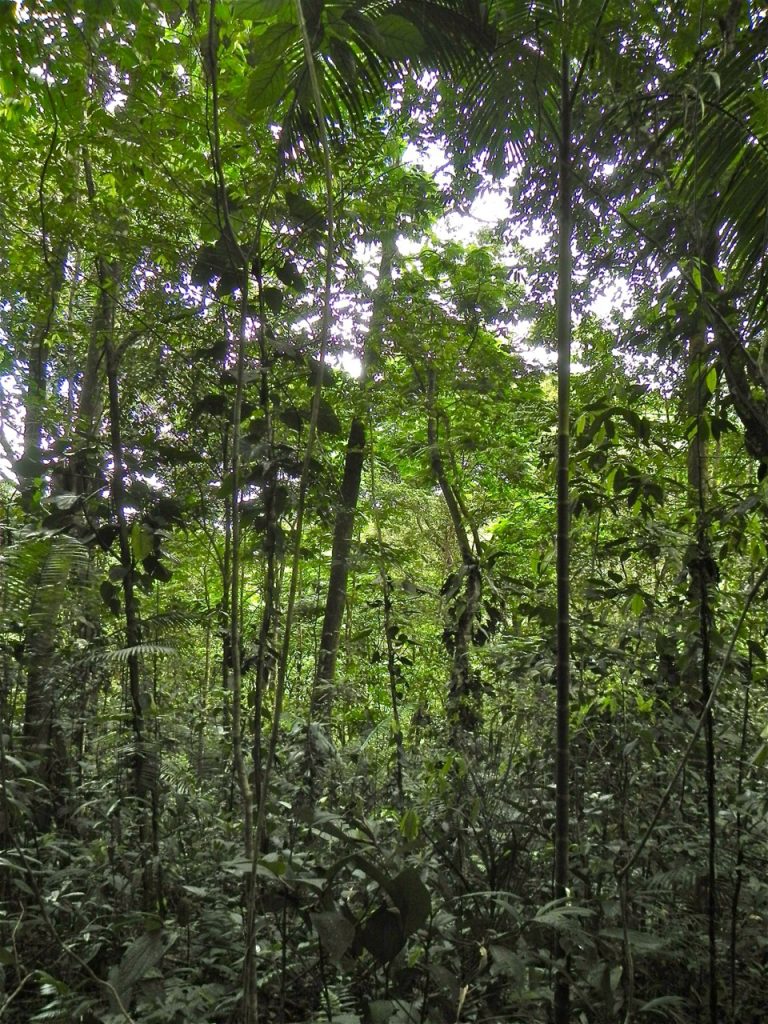
In addition to forest-based solutions to mitigate climate change, there are many other benefits to this strategy, including hydrological regulation; habitats and corridors for conserving biodiversity; and provision of non-timber forest products to local people.
The importance of avoided deforestation and forest restoration for carbon storage and climate change mitigation are widely recognized, and are included in the COP 21 Paris Agreement which was produced as part of the United Nations Conference on Climate Change held last November. The agreement has been signed by 174 countries and the European Union, to date.
Prior emphasis has been on the avoidance of deforestation. Chazdon says, however, that the new analysis shows “avoiding deforestation and supporting forest regeneration are complementary and mutually reinforcing activities.”
She acknowledges that natural regeneration is not always possible in cases where soils have been degraded or sites are isolated from seed sources, but says multi-species tree planting can also be a solution. This option is costly and may be difficult to accomplish on a large scale, but is an alternative strategy that may be appropriate in some situations.
Reaching the Target
While forest regeneration and protection alone cannot fully compensate for greenhouse gas emissions on a global scale, the study affirms that this strategy can contribute significantly toward reaching national and international carbon mitigation targets.
Projections from the research also indicate the potential for significant contribution to forest restoration targets of the Bonn Challenge and the New York Declaration on Forests which call, respectively, for ending natural forest loss and restoring 150 million hectares of forest worldwide by 2020 and 350 million hectares of forest worldwide by the year 2030. A hectare equals 2.47 acres.)
Portions of the research were funded through the National Science Foundation’s Long Term Studies in Environmental Biology Program and the Dynamics of Coupled Natural and Human Systems Program.
